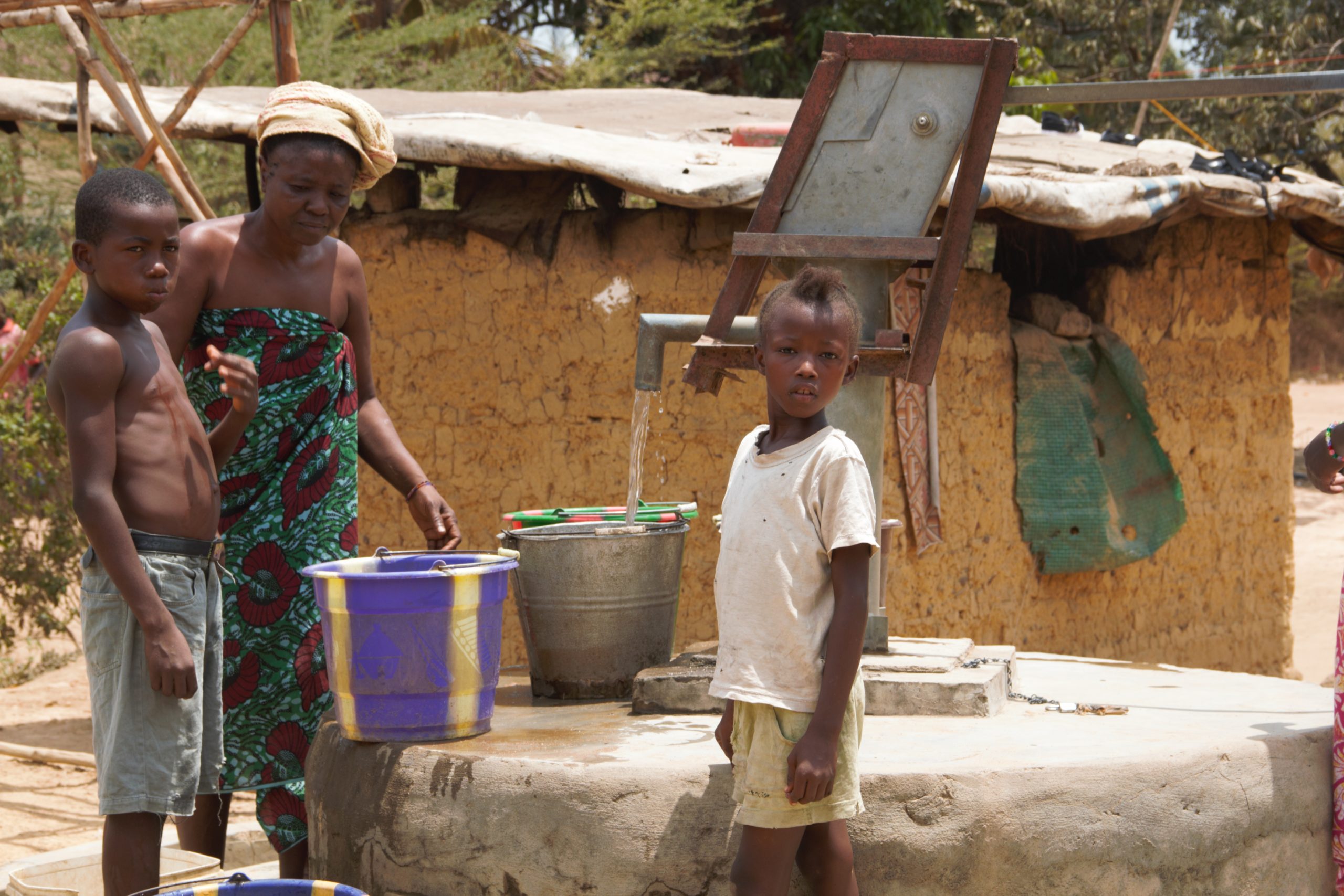Premature corrosion and failure of water supply hardware, particularly handpumps, is widespread in countries within Sub-Saharan Africa, but evidence is limited and largely anecdotal. If drillers are not assured of quality handpumps in country, how can they install pumps that provide water users with the services that they deserve? For the tens of millions of people in sub-Saharan Africa who depend on handpumps to meet their daily water needs, handpump failures threaten their health and livelihoods.
In cases where communities receive a handpump or components of substandard quality, parts may rapidly wear. If components of the wrong material or inadequate quality are installed in aggressive groundwater, the water supply may not function properly or can fail. Alternatively, the water may not be suitable for drinking. If the handpumps fails, or if water is turbid, discoloured, or has a metallic taste, users may return to using distant or unsafe water sources. If handpump components wear prematurely, communities can incur unnecessary costs in trying to fix the problem.
A new initiative by Skat Foundation and Ask for Water GmbH under the Rural Water Supply Network (RWSN) strives to find ways to ensure that handpump technologies and spare parts that are installed for drinking water in sub-Saharan Africa are consistently of high quality and can last.
The initiative runs up to March 2022 and will:
- Document the scale and extent of the problem of handpump corrosion and poor-quality components in sub-Saharan Africa.
- Understand the handpump supply chains for one country, analysing strengths and weaknesses.
- Raise awareness of problems of handpump corrosion, poor-quality components alongside practical solutions for water users, drillers, governments, Non-Governmental Organisations (NGOs) and others.
- Catalyse action through ongoing engagement of international organisations, national governments, research organisations and other stakeholders to catalyse actions to tackle the problem.
The initiative will examine corrosion (see box), quality assurance procedures and supply chains. It seeks to draw out successful or innovative ways of ensuring that users benefit good quality handpumps – consistently! If you would like to contribute to the initiative, especially by sharing your experiences and ideas, please contact Dr Kerstin Danert (ask @ ask-for-water.ch).
Box: Corrosion and handpump quality challenges
| The twin challenges of how to ensure the quality of handpumps and how to prevent rapid corrosion of certain pump components have been discussed for over four decades. Corrosion of below-ground handpump components was documented in the 1980s. Research concluded that galvanisation of pump riser pipes and pump rods does not prevent corrosion where the pH < 6.5 and provides limited protection for pH 6.5 to 7. In light of this, programmes have switched riser pipes and pump rods to stainless steel or switched to uPVC riser pipes and stainless-steel pump rods, while some countries standardised on pumps which aims to be fully corrosion resistant by using a uPVC rising main and stainless steel, or fibre glass pump rods. Unfortunately, handpump corrosion problems and concerns over handpump component quality persist. The extent of the problem is not fully known because of relatively little research on this topic, coupled with a lack of information available in the public domain. |
This article first appeared in GeoDrilling International (March 2021).

